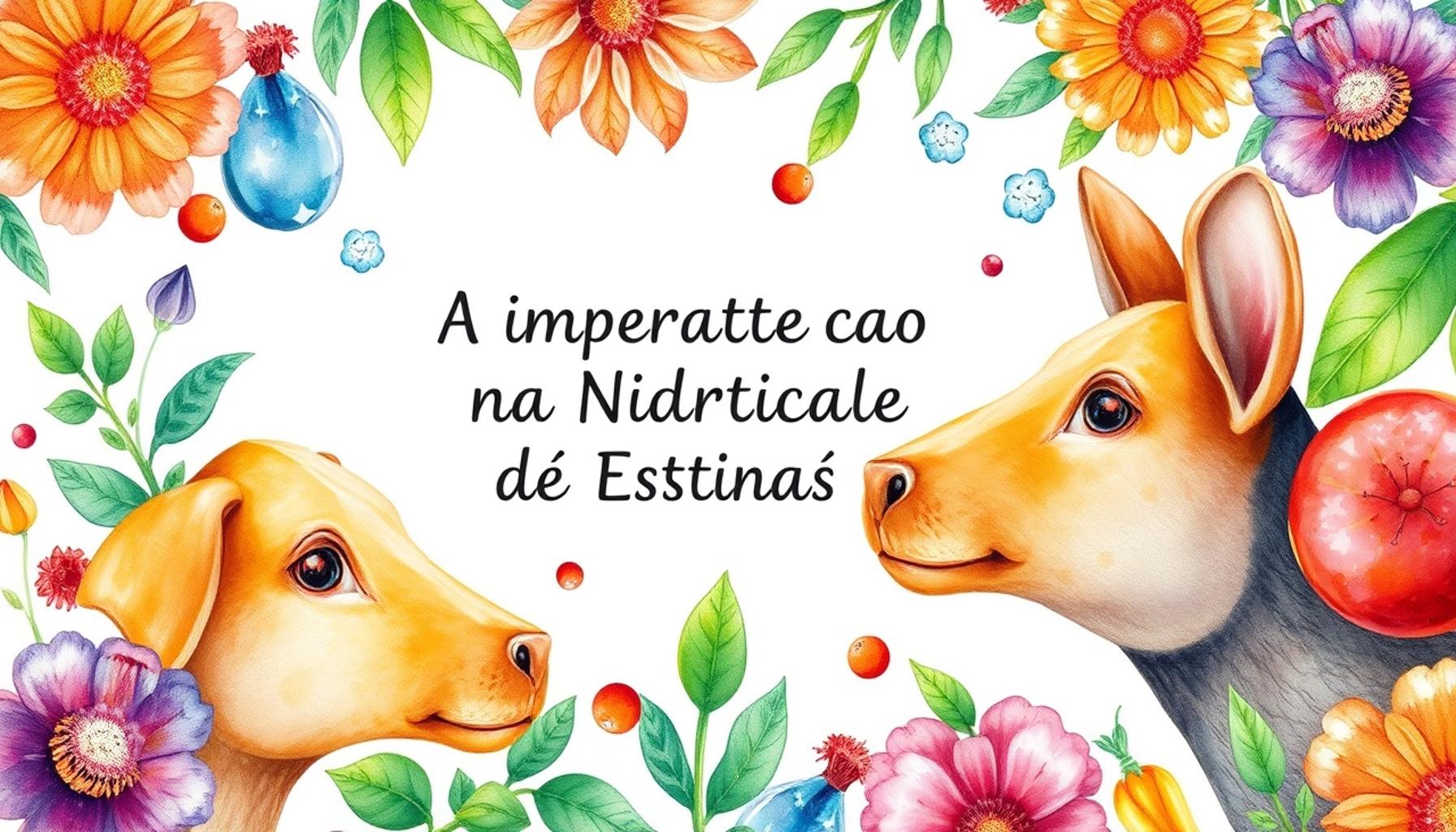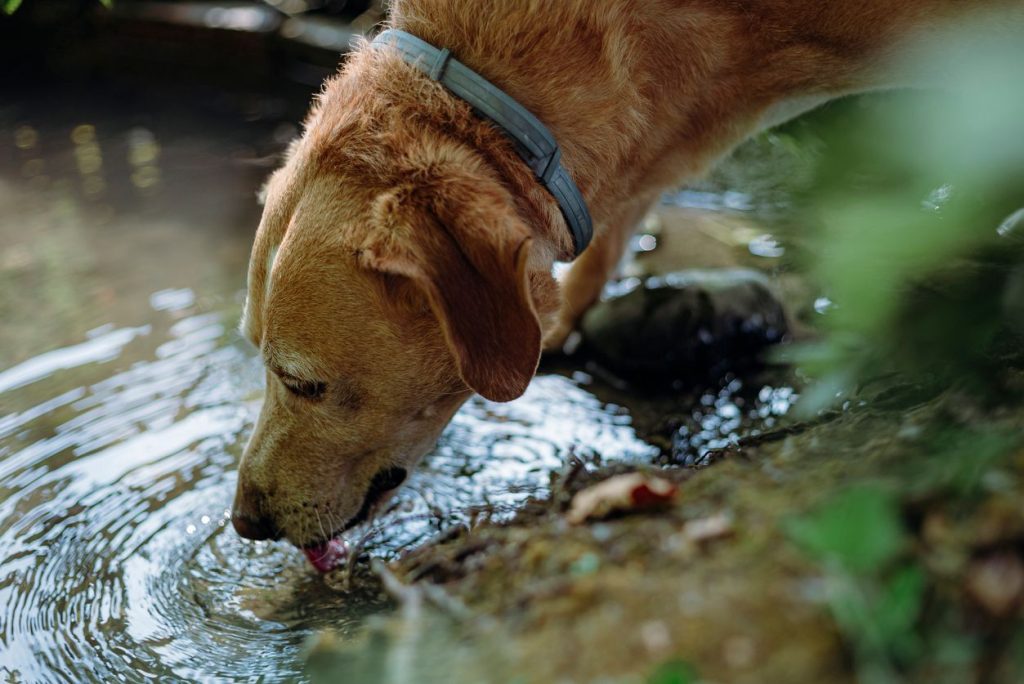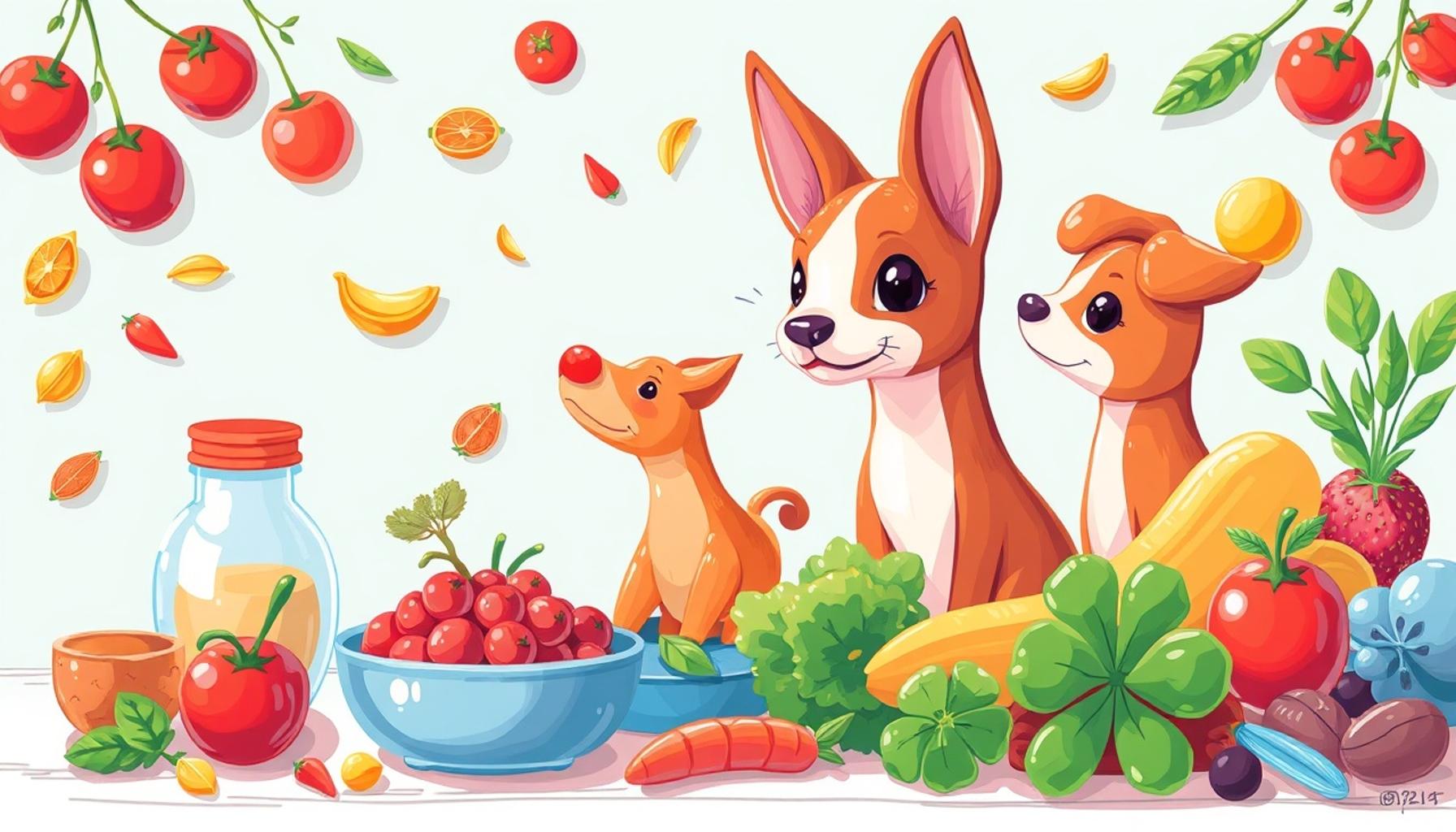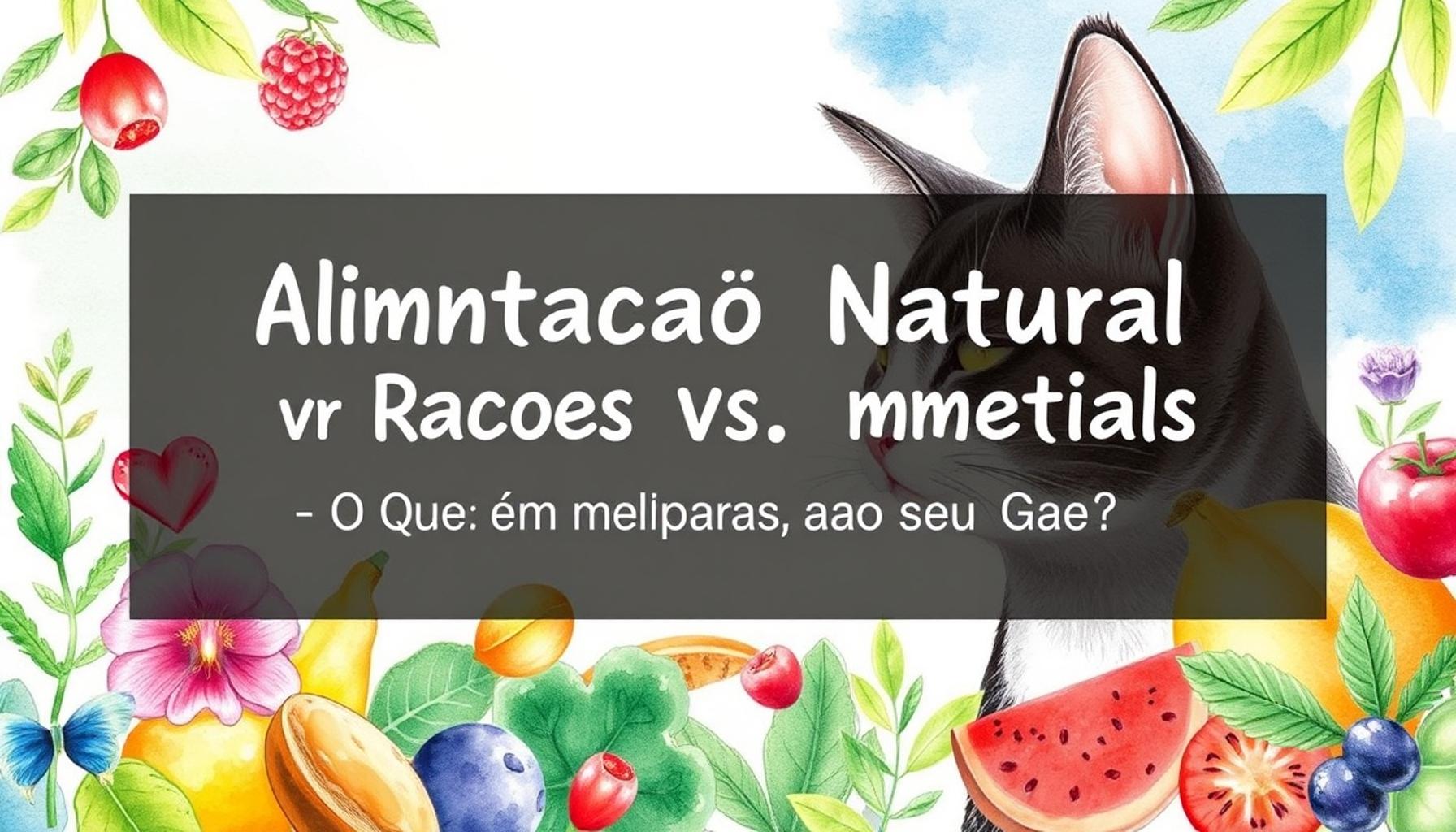The Importance of Hydration in Pet Nutrition: Practical Tips for Owners

Understanding Hydration for Pets
Water is a crucial component of your pet’s diet, influencing their overall health and well-being. Many pet owners overlook the importance of hydration, often focusing solely on food. However, just like human beings, pets require an adequate supply of water to thrive. This is especially true in warm climates, such as in Nigeria, where the heat can exacerbate the need for consistent hydration.
Why is Hydration Vital?
- Supports Bodily Functions: Water plays a critical role in digestion, circulation, and temperature regulation. It helps in the transportation of nutrients to cells and aids the removal of waste products from the body.
- Prevents Health Issues: Dehydration can lead to serious conditions like kidney stones, urinary tract infections, and can also trigger more severe issues like organ failure if not addressed. It is essential to recognize that just a small degree of dehydration can adversely affect your pet’s health.
- Affects Energy Levels: Proper hydration keeps your pet energetic and active. Insufficient water intake can result in lethargy and decreased stamina, making even a simple game of fetch seem like a chore for your pet.
In Nigeria, where temperature can frequently soar, ensuring your pets stay hydrated is paramount. Unlike humans who can consciously hydrate themselves, pets may not instinctually drink enough, especially when they are preoccupied with play or rest. Entering hot weather can place additional stress on your pets’ bodies, increasing the risk of overheating and dehydration. Additionally, many pet owners might be unaware that certain foods, such as dry kibble, have low water content, leading to potential dehydration. It’s important to balance their diet to include moisture-rich foods.
Tips for Keeping Pets Hydrated
- Provide Fresh Water: Always ensure that clean water is available, especially in hot weather. Change the water daily and use a bowl that is appropriate for your pet’s size to encourage drinking.
- Monitor Their Intake: Keep an eye on how much water your pet drinks daily. Just as humans have varying hydration needs, so do pets. Adjust their water supply based on activity levels and temperature conditions.
- Include Moist Foods: Incorporating wet food can significantly enhance hydration. Canned food, homemade stews, or even adding water to dry kibble can be effective strategies to increase your pet’s fluid intake.
Additionally, consider investing in a pet fountain, which not only provides a continuous supply of fresh water but also encourages pets to drink more. The gentle flow can be enticing, especially for dogs and cats that might be picky about their water sources. By understanding these principles and incorporating practical tips into your routine, you can improve your pet’s health and vitality through proper hydration.
Engage regularly with your veterinarian to gauge your pet’s hydration needs based on their activity level, age, and environmental factors. Informed decisions can lead to happy, hydrated pets that live long, fulfilling lives.
RECOMMENDED: Check out this similar article

Recognizing Signs of Dehydration
As a responsible pet owner, understanding the signs of dehydration in your furry friends is essential for their well-being. Dehydration can sometimes be subtle, making it crucial to regularly observe your pet for specific indicators. Dogs and cats have different indicators, but both require attentive care, especially in Nigeria’s heat.
Common Symptoms to Watch For
- Decreased Urination: One main sign of dehydration is a reduction in the frequency of urination. If your pet is producing less urine than usual, it could signify that they need to hydrate.
- Dry Gums and Tongue: A quick check of your pet’s mouth can reveal a lot. If the gums or tongue feel dry to the touch, or if the saliva is minimal, it may indicate dehydration.
- Skin Elasticity: Gently pinch your pet’s skin between the shoulder blades. If it doesn’t spring back quickly, or if it stays tented, this can be a clear sign of dehydration.
- Loss of Energy: If your usually energetic pet seems unusually lethargic or reluctant to engage in play, dehydration could be a culprit. Keep an eye out for shifts in behavior that could suggest discomfort.
- Excessive Panting: Particularly in hot temperatures, pets may pant excessively. While panting is natural, it can indicate overheating and subsequent dehydration.
Being able to recognize these symptoms early on can avert serious health consequences that arise from prolonged dehydration. For instance, in pets, kidney function can begin to deteriorate with even slight levels of dehydration. This creates a ripple effect of issues that may lead to more costly veterinary visits. Pet owners should be proactive in monitoring their pets, particularly during the hot months when they’re at greater risk.
Furthermore, pet owners need to understand how lifestyle and breed can impact hydration needs. Some breeds, like Bulldogs and Shih Tzus, are more susceptible to heat, making hydration even more vital. Understanding these nuances will empower owners to tailor their hydration strategies effectively and keep their pets healthy.
Hydration Isn’t Just Water
While water is the most important source of hydration, it isn’t the only avenue. Many pet owners may not realize that certain fruits and vegetables can contribute to your pet’s water intake. For example, water-rich foods such as cucumber, watermelon, and even specific broths can be excellent additions to your pet’s diet. It’s important to ensure that these food items are safe for your pet’s consumption, so always consult your veterinarian before making changes to their diet.
Addressing hydration isn’t just a seasonal or occasional concern; it is an everyday responsibility that enhances your pet’s quality of life. As you continue to explore ways to promote hydration, take the steps to educate yourself about your pet’s specific needs so they can lead a vibrant and healthy life.
When we talk about pet nutrition, hydration is often an overlooked yet critical component. Ensuring your pet is well-hydrated can lead to a multitude of health benefits that impact their overall well-being. Water plays a vital role in digestion, temperature regulation, and waste removal, making it essential for all living beings, including our beloved pets. Many pet owners may not realize that certain factors can influence a pet’s hydration needs. For example, the temperature, humidity, and even the type of food your pet consumes can affect how much water they require. Pets that eat dry kibble need more water to maintain proper hydration levels compared to those consuming wet food, which has higher moisture content. Furthermore, during hot weather or after exercise, your pet may require additional water intake; keeping their water bowl filled at all times is crucial during these periods.Another interesting aspect to consider is the misconception that pets drink water only when they are thirsty. This can lead to inconsistencies in their hydration levels. Therefore, it’s important for owners to proactively encourage their pets to drink water regularly. You can achieve this by providing fresh, clean water multiple times a day, using pet fountains, or even incorporating water-rich foods into their diet.Finally, monitoring your pet’s water intake can also serve as an indicator of their health. A sudden decrease in water consumption may signal health issues such as kidney problems or diabetes. As pet owners, it is essential to observe these changes and consult a veterinarian if any abnormalities arise.By understanding these hydration principles, pet owners can take a more active role in their pets’ nutrition. Next, let’s explore the key benefits of hydration in pet nutrition through an informative table.
| Advantage | Explanation |
|---|---|
| Improved Digestion | Adequate water helps break down food and aids in nutrient absorption. |
| Better Kidney Function | Staying hydrated promotes urine production, reducing the risk of kidney stones. |
LEARN MORE: This related article may interest you
Strategies to Increase Hydration
Understanding the significance of hydration in your pet’s nutrition is just the beginning. Implementing effective strategies to encourage your furry companion to drink more water is essential for maintaining their health. With Nigeria’s heat and humidity, adding a few simple practices can make a significant difference in your pet’s hydration levels.
Enhancing the Water Bowl Experience
Many pets may not drink enough water simply because their bowls do not appeal to them. One incredible way to enhance your pet’s drinking experience is to invest in a pet water fountain. These fountains continuously circulate water, keeping it fresh and appealing. Cats and dogs alike are often more attracted to moving water, which may encourage them to hydrate more frequently. Ensure the fountain is easy to clean and refill regularly to promote hygiene.
Flavoring the Water
If your pet is reluctant to drink plain water, adding flavor can encourage them to hydrate. A small amount of broth (without onions or garlic, which are toxic to pets), or even a splash of coconut water can turn an ordinary bowl into a refreshing treat. Check with your vet regarding safe additives and the appropriate quantity to avoid any stomach issues.
Making Hydration Fun with Ice Treats
Transform hydration into a fun activity by creating ice treats. Freeze water or low-sodium broth in molds with bits of dog-safe fruits like blueberries or watermelon. These ice treats are stimulating and serve as both a snack and a hydration source. Your pets will enjoy gnawing on these cooling delights, especially during warm days.
Incorporating Moisture-Rich Foods
Another effective method to boost hydration is through nutrition. Incorporate moisture-rich food into your pet’s diet. For instance, wet or canned dog and cat food generally contain about 75% water. This is particularly beneficial for pets who struggle to drink enough water. Similar to humans, in high temperatures, pets may benefit greatly from foods that help replenish lost fluids. Speak with your vet about integrating these foods into your pet’s meals and ensure they meet your pet’s dietary needs.
Setting a Schedule
Creating a hydration schedule can instill good hydration habits in your pet. Regularly encourage your pet to drink after playtime or walks. Associating water breaks with these activities can help build a routine, ensuring they hydrate adequately throughout the day. Additionally, place multiple water bowls around your home to make access easier, especially in the heat, where pets may need more frequent hydration.
Monitoring and Adjustment
Ultimately, every pet is unique; individual assessments are critical in determining your pet’s hydration needs. Monitor their water intake closely and adjust your strategies based on their behavior and health changes. A pet that drinks plenty of water will have a shiny coat, healthy skin, and more energy. If you notice any concerning changes in your pet’s water consumption, it’s essential to consult your veterinarian for further advice.
By fostering a proactive approach to hydration, employing strategic tactics, and remaining attentive, pet owners can play a significant role in their furry friend’s overall health and nutrition.
ADDITIONAL INSIGHTS: Expand your understanding here
Conclusion
In conclusion, hydration is a vital aspect of your pet’s overall nutrition and well-being. Understanding the role that water plays in maintaining your pet’s health can lead to better dietary choices and lifestyle adjustments that enhance their quality of life. Encouraging regular drinking habits through innovative techniques such as flavored water, pet-friendly ice treats, and incorporating moisture-rich foods into their diet can significantly improve hydration levels.
Moreover, it is crucial to be observant and monitor your pet’s water intake, as individual needs can vary based on activity level, age, and environmental conditions. Especially in Nigeria’s warm climate, pets may require extra attention when it comes to staying hydrated. Establishing a routine, using appealing water bowls or fountains, and creating flavorful additions can transform hydration into a more enjoyable experience for your furry friends.
Your role as a pet owner goes beyond providing food; it involves promoting a balanced lifestyle that prioritizes health through proper hydration. By making slight changes to your pet’s routine and being proactive about their hydration needs, you can contribute to their vitality, energy levels, and overall happiness. Remember, a well-hydrated pet is not only healthier but also more playful and engaged. Don’t hesitate to consult your veterinarian for personalized advice tailored to your pet’s unique needs and to ensure they thrive under your care.


